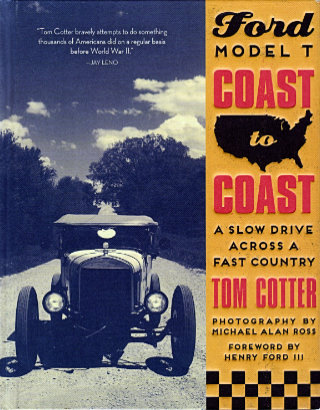 Old-car guys and old-road guys are hardly one and the same although there is definitely a whole bunch of overlap. With this book, Tom Cotter stakes out a position deep in that overlap. Tom is, however, much more of an old-car guy than an old-road guy so it’s not surprising that his position is closer to the car side than the road side. The story of how plans for the trip came together is telling. The idea that Tom started with was driving an old car across the United States. Over the years, the idea had been refined to involve a particular old car. He called it a dream and admitted that it was unlikely to be realized but the car he really wanted to drive across the country country was a Ford Model T. In his dream the road was secondary.
Old-car guys and old-road guys are hardly one and the same although there is definitely a whole bunch of overlap. With this book, Tom Cotter stakes out a position deep in that overlap. Tom is, however, much more of an old-car guy than an old-road guy so it’s not surprising that his position is closer to the car side than the road side. The story of how plans for the trip came together is telling. The idea that Tom started with was driving an old car across the United States. Over the years, the idea had been refined to involve a particular old car. He called it a dream and admitted that it was unlikely to be realized but the car he really wanted to drive across the country country was a Ford Model T. In his dream the road was secondary.
Before getting too deep, let me point out that this is not my great grandfather’s T. My great grandfather once drove a stock Model T to Florida and back. Granddad’s car might have had a theoretical top speed around 40 MPH but the rugged roads of 1920 kept him running in the 20s when he wasn’t stopped fixing a flat tire, worn out brakes, or something else. The car that took Cotter and company to California had a heavily modified engine, lowered suspension, hydraulic brakes, and other improvements that allowed it to cruise at 50+ — safely.
Most of those improvements had been made by Cotter’s traveling companion who was also the car’s former owner. That was Dave Coleman who had sold the car to Nathan Edwards a few years back. Unable to make the trip himself, Edwards loaned the car to Cotter and Coleman. Photographer Michael Alan Ross, following the T in a modern Ford SUV, completed the team.
Only after an authentic but remarkably capable Model T has been lined up for the trip does Cotter look to the route. Calling it a confession, he notes that “I had not heard of the Lincoln Highway until I began planning for this trip.” The trip starts at the Lincoln Highway eastern terminus in New York City, ends at the western terminus in San Francisco, and most of the miles in between were on or near what was once the Lincoln Highway. It was not, however, a particularly strict following of the old highway. There was occasional streamlining of the route and a few side trips to visit interesting people and places.
So those are the “disclaimers”. The car was not a high-clearance, 20 HP, nearly brakeless, stock Model T. The route did not follow every bend of the Lincoln Highway or even pass by every attraction associated with the historic road. But the car was a very old, extremely basic, and wonderfully historic vehicle, and the route was close enough to the Lincoln Highway to sometimes serve up glimpses of the legendary road and constantly serve up a true view of coast to coast travel. Together they form the foundation for a really cool and extraordinary adventure.
As noted, not every Lincoln Highway icon appears in the book but many do. There’s Dunkle’s Gulf in Bedford, PA, and Lincoln Motor Court in nearby Mann’s Choice. In the midwest, the travelers stopped at the Lincoln Highway Association Headquarters in Illinois and the famous Reed-Niland Corner in Iowa. Farther west they drove through some great scenery and made stops at the Utah’s Bonneville Salt Flats and the historic Hotel Nevada in Ely. Michael Ross snapped great pictures of all these scenes and more.
The Model T that Nathan Edwards generously loaned out for this adventure could be considered a “late model”. It was manufactured in 1926 during the next to last year of T production. It performed flawlessly for the entire 3,707 mile journey. They even had to fake a flat tire to get a “break down” photo. Cotter acknowledges that they were certainly not the first people to cross the United States in a Model T but it seems at least possible that they were the first to do it without something breaking. That’s partly due to the in depth preparation that Edwards and Coleman made before the trip started, but might be due even more to the attention Coleman gave the car during the trip. Daily or more frequent inspections sought out low fluids and loose bolts before they became problems. There’s a lot of work involved in getting a 91 year old car from one coast to the other — but it sure looks like a heap of fun.
Ford Model T Coast to Coast: A Slow Drive Across a Fast Country, Tom Cotter with photography by Michael Alan Ross, Motorbooks, May 15, 2018, 10 x 7.9 inches, 224 pages, ISBN 978-0760359464
Available through Amazon.

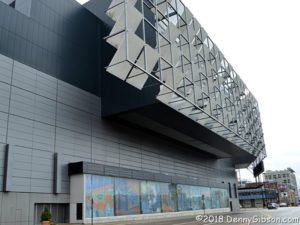
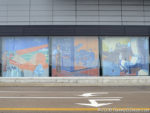
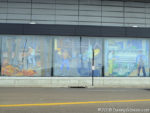
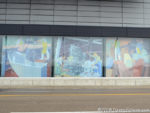
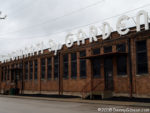

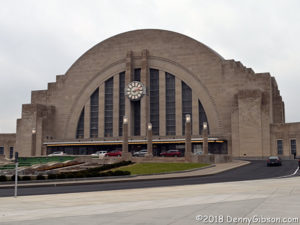
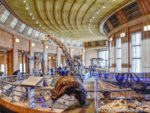
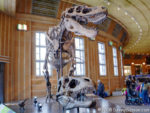
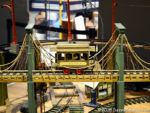
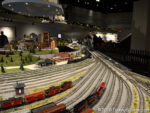


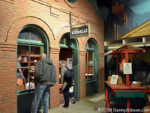
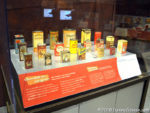
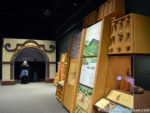
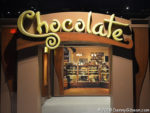
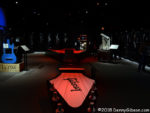
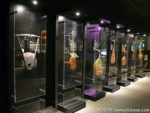
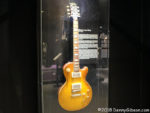
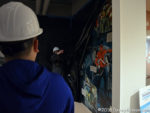
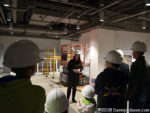
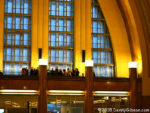
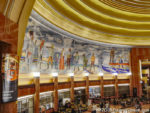
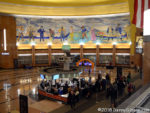
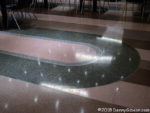

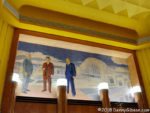

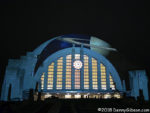
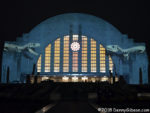
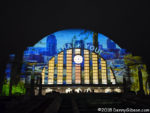

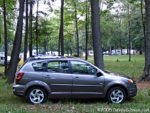
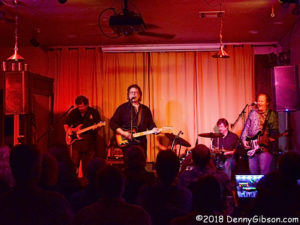
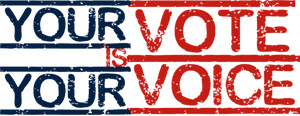 We fought a war to get this country going then gave every land owning white male above the age of twenty-one the right to vote. A little more than four score years later, we fought a war with ourselves that cleared the way for non-whites to vote. Several decades of loud, disruptive, and sometimes dangerous behavior brought the granting of that same right to non-males a half-century later, and another half century saw the voting age lowered to eighteen after a decade or so of protests and demonstrations.
We fought a war to get this country going then gave every land owning white male above the age of twenty-one the right to vote. A little more than four score years later, we fought a war with ourselves that cleared the way for non-whites to vote. Several decades of loud, disruptive, and sometimes dangerous behavior brought the granting of that same right to non-males a half-century later, and another half century saw the voting age lowered to eighteen after a decade or so of protests and demonstrations. Of course, putting something in a constitution does not automatically make it a practice throughout the land and I am painfully aware that resistance followed each of those changes and that efforts to make voting extremely difficult for “the other side” are ongoing today. I don’t want to ignore partisan obstructions and system flaws but neither do I want to get hung up on them. I meant my first paragraph to be a reminder that a hell of a lot of effort, property, and lives have gone into providing an opportunity to vote to a hell of a lot of people. Far too many of those opportunities go unused.
Of course, putting something in a constitution does not automatically make it a practice throughout the land and I am painfully aware that resistance followed each of those changes and that efforts to make voting extremely difficult for “the other side” are ongoing today. I don’t want to ignore partisan obstructions and system flaws but neither do I want to get hung up on them. I meant my first paragraph to be a reminder that a hell of a lot of effort, property, and lives have gone into providing an opportunity to vote to a hell of a lot of people. Far too many of those opportunities go unused. In the original title I claimed to not care how anyone votes. That was never entirely true, of course. I have my favorite candidates and issues. I’ll be disappointed in anyone who votes differently than I do but not nearly as disappointed as I’ll be in anyone who doesn’t vote at all. I’m reminded of parents working on getting their kids to clean their plates with lines like, “There are hungry children in China who would love to have your green beans.” I’m not sure what the demand for leftover beans is in Beijing these days but I’m pretty sure some folks there would like to have our access to ballots and voting booths.
In the original title I claimed to not care how anyone votes. That was never entirely true, of course. I have my favorite candidates and issues. I’ll be disappointed in anyone who votes differently than I do but not nearly as disappointed as I’ll be in anyone who doesn’t vote at all. I’m reminded of parents working on getting their kids to clean their plates with lines like, “There are hungry children in China who would love to have your green beans.” I’m not sure what the demand for leftover beans is in Beijing these days but I’m pretty sure some folks there would like to have our access to ballots and voting booths.